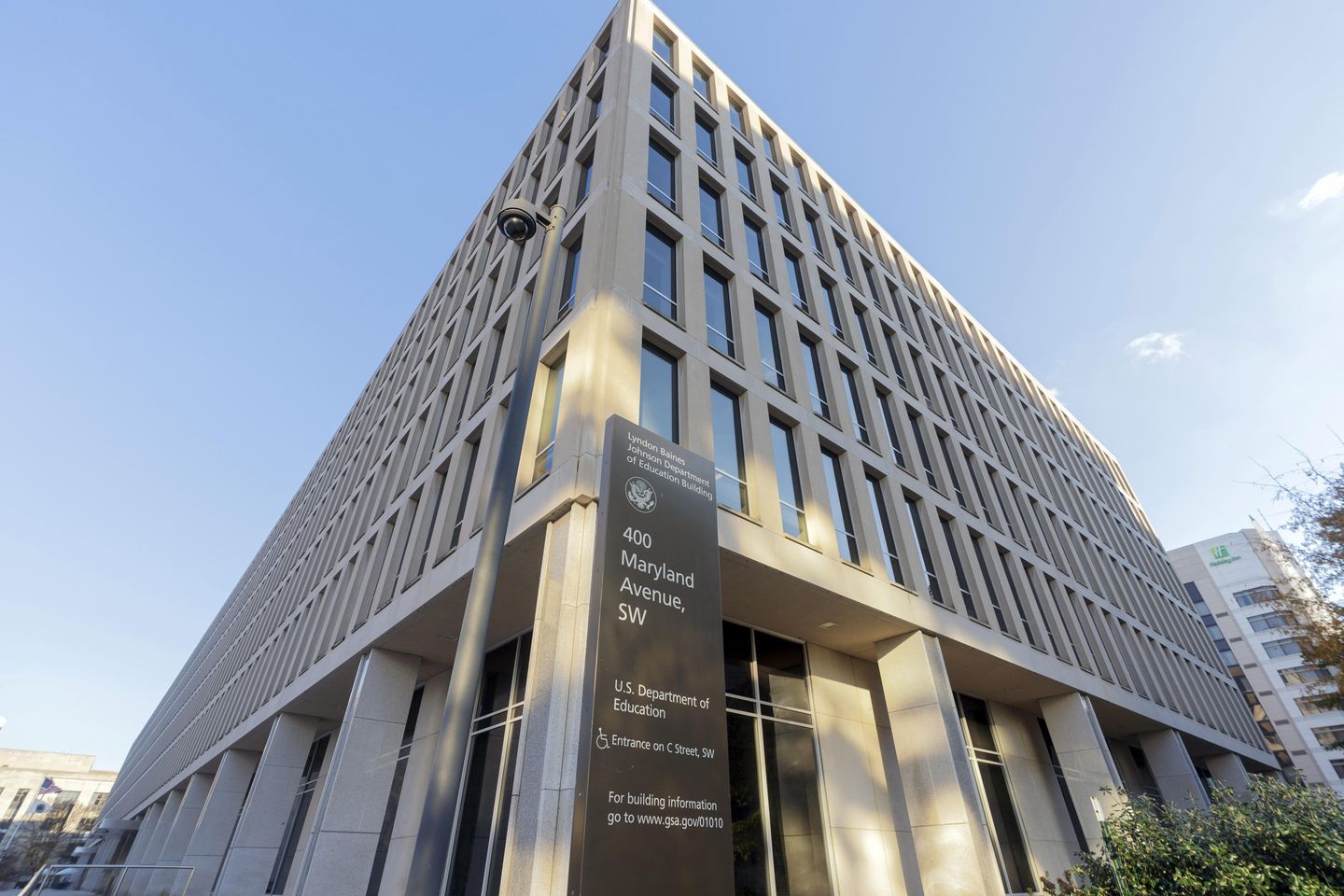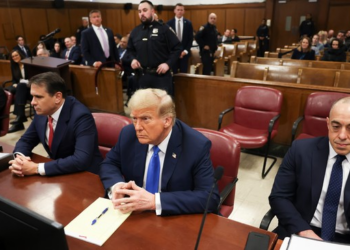
The federal government plans to resume involuntary collection efforts on millions of defaulted federal student loans after a five-year lapse amid concerns that the program is headed toward a “fiscal cliff.”
The Department of Education announced Monday that its Office of Federal Student Aid will begin on May 5 collecting on defaulted student loans, a number that now stands at about 5 million and could reach 10 million in the next few months.
“We think the federal student loan portfolio is heading toward a fiscal cliff if we don’t start repayment and collections,” a senior administration official said.
Congress ordered repayments of federal loans to resume in October 2023, but President Biden declined to pursue collections as he sought to cancel hundreds of billions in student loans, leaving millions of borrowers in a “confusing limbo,” the department said.
“American taxpayers will no longer be forced to serve as collateral for irresponsible student loan policies,” Education Secretary Linda McMahon said in a Monday statement. “The Biden Administration misled borrowers: the executive branch does not have the constitutional authority to wipe debt away, nor do the loan balances simply disappear.”
About 5.3 million borrowers are currently in default, meaning that they have not made a payment in more than 360 days. Another 4 million sit in late-stage delinquency, meaning they are 91-180 days behind in paying off their loans.
“As a result, there could be almost 10 million borrowers in default in a few months,” said the department in its press release. “When this happens, almost 25 percent of the federal student loan portfolio will be in default.”
The department plans to restart the Treasury Offset Program, which has the authority to withhold federal payments such as tax refunds, Social Security checks, and federal salaries from those behind on their loan payments.
Over the next two weeks, the office plans to contact all borrowers in default, advising them to reach out to the Default Resolution Group to “make a monthly payment, enroll in an income-driven repayment plan, or sign up for loan rehabilitation.”
“Later this summer, FSA will send required notices beginning administrative wage garnishment,” the department said. “The Department will also authorize guaranty agencies that they may begin involuntary collections activities on loans under the Federal Family Education Loan Program.”
Only 38% of borrowers are in repayment and current on their student-loan repayments. At the same time, 1.9 million borrowers are unable to begin repaying their loans under the “processing pause” implemented by the Biden administration.
Mr. Biden made student-loan forgiveness a hallmark of his administration, but his efforts to wipe out education debt were repeatedly thwarted by the courts, including the Supreme Court.
In June 2023, the justices ruled that the administration exceeded its authority when it sought in 2022 to cancel up to $400 billion in student-loan debt in a legal challenge brought by six states.
Even so, Mr. Biden managed to erase $188.8 billion in student loans for 5.3 million borrowers during his four-year term, according to his administration, by aggressively pursuing programs already on the books such as borrower-defense claims against for-profit universities.
For example, the Biden administration discharged $4.5 billion in student loans in January on behalf of 261,000 borrowers who attended Ashford University between 2009 and 2020, accusing Ashford of making “widespread misrepresentations” about financial aid, credit transfers, and other items.
Critics argued that the administration’s loan-forgiveness agenda put taxpayers on the hook for the poor choices of student borrowers
The department said that FSA will enlist universities, state officials and others in restoring “common sense and fairness with the message: student and parent borrowers – not taxpayers – must repay their student loans.”
“There will not be any mass loan forgiveness,” the department said. “Together, these actions will move the federal student loan portfolio back into repayment, which benefits borrowers and taxpayers alike.”












